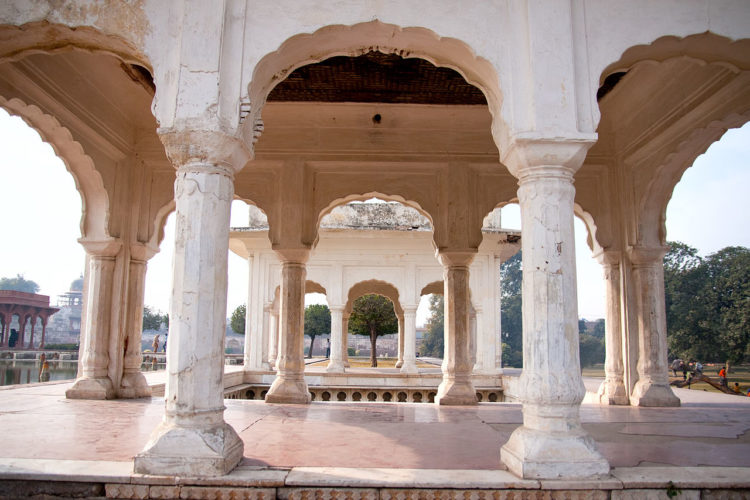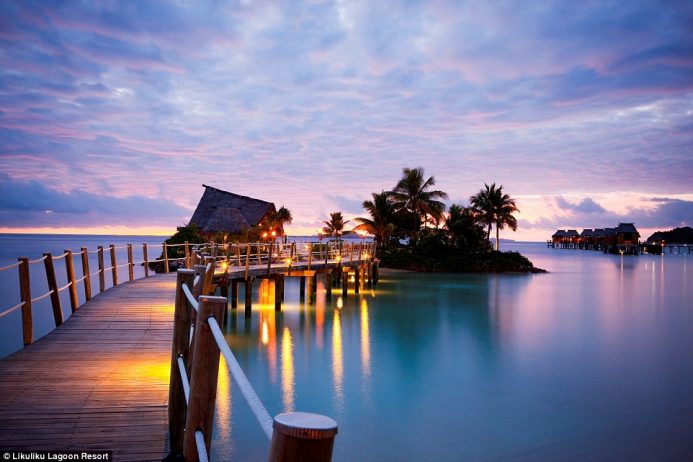Lahore is popularly acknowledged as the city of gardens. Some of the gardens are newly constructed, but the main beauty of the city is its historic gardens, which are still well-maintained and give a charismatic visual appeal to visitors. Shalamar Gardens, sometimes called Shalimar Gardens, were laid out as a Persian paradise garden. It is a Mughal garden complex located in Lahore, Pakistan.
The Shalimar Gardens are located near Baghbanpura along the Grand Trunk Road, approximately five kilometers northeast of the main Lahore city. In 1637, the reign of Emperor Shah Jahan (who was known for his love for nature and construction) ordered the construction of a garden in Lahore, the capital of Pakistan’s province of Punjab.
It took 4 years to complete in 1941, measuring 658 meters and covering an area of sixteen hectares. In 1981, Shalimar Gardens was included as a UNESCO World Heritage Site along with the Lahore Fort, under the UNESCO Convention concerning the protection of the world’s cultural and natural heritage sites. The Mughal garden is symbolized by mesmerizing surrounding walls, a four-sided layout of paths and features, and a huge amplitude of flowing water.
Moreover, Shah Jahan’s father, “Emperor Janghair,” also built a Shalimar Garden in Kashmir. Keep in mind, that Lahore Shalimar Garden is mainly influenced by Kashmir Shalimar Garden. The gardens have been laid out from south to north in three levels of terraces, The upper level, or third terrace, is named Farah Baksh, meaning Bestower of Pleasure.
The middle level, or second terrace, is named Faiz Baksh, meaning Bestower of Goodness. The lower level terrace is named Hayat Baksh, meaning Bestower of Life. Shalimar Garden is one of the top tourist attractions in the city and has historic relevance.
This extreme collage of nature and constructional artwork was accomplished under the project management of Khalilullah Khan, who was a renowned noble of the Emperor’s court. Shalimar Gardens draws inspiration from Central Asia, surrounded by a high brick wall, that is famous for its intricate fretwork.
This garden was built on the concept of a Persian paradise garden, From the canal, 410 fountains rise, which discharge into wide marble pools. It is a credit to the creativity of Mughal engineers that even today scientists are unable to fully comprehend water systems and thermal engineering from architectural blueprints.
The surrounding area is rendered cooler by the flowing of the fountains, which is a particular relief for visitors during Lahore’s blistering summers, with temperatures sometimes exceeding 49 °C. The fountains are the major highlight of the place, which gives off an enthralling feeling when they’re all in full swing. Amazingly, the garden has water through the fountains and discharges itself into the exceptionally tremendous white marble pools.
It was well-engineered in ancient times, and all the credit for such an impressive fountain system goes to the Royal Engineers and the Mughal Emperor Shah Jahan for coming up with this masterpiece of work. The incredible engineering feat was so brilliant that even contemporary engineers these days find it hard to comprehend the associated water system of the fountains, even by referring to the architectural blueprints of thermal engineering.
The gardens have 5 water cascades, including the great marble cascade and Sawan Bhadoon. There are several different types of trees in the Garden, some of the varieties of trees were planted like Almond, Apple, Apricot, Cherry, Gokcha, Mango, Mulberry, Peach, Plum, and Quince Seedless, Sapling of Cypress, Shrubs, Pomegranate, Sour and sweet orange.
Furthermore, a lot of other varieties of odoriferous (fragrant) and non-odoriferous and fruit-giving plants add to the beauty of this garden. The Shalimar Gardens are not just all about greenery and fountains; they also have a range of buildings with stunning architecture that are worth a look at. The buildings were constructed for different purposes that served the royal family and the visitors of the time as well.
The building structures in the Shalimar Gardens include Sawan Bhadun Pavilion, Aiwan (The Grand Hall), Hammam (The Royal Bath), Naqar Khana, Aramgah (The Resting Place), Begum Sahib Khawabgah (Bedroom of the Emperor’s wife), Diwan-e-Khas-o-Aam (Hall for the ordinary and special visitors to the Emperor), Baradaries (The summer pavilions for enjoying nearby fountain coolness), 2 Gateways and minarets situated at the corners of the garden.
Hence, whenever you plan to visit Lahore, don’t miss out on Shalimar Garden, although it is an exceptional place and lots of work needs to be done for its proper preservation and timely maintenance.













Read More – The Snapping Turtles (Chelydra serpentina)







